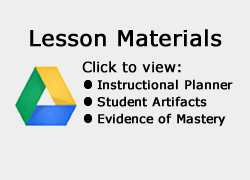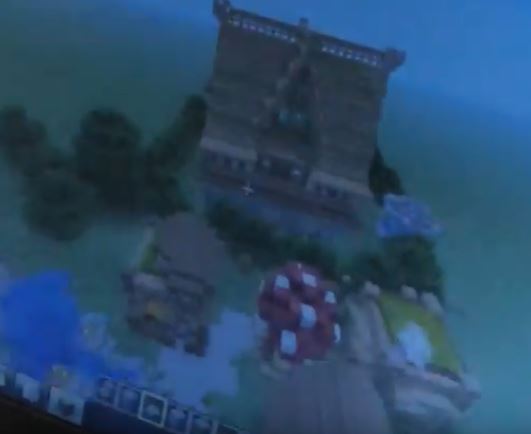This lesson is for Grade/Subject: 7th Grade Art
Summary
Students create a piece of aerial art based on a specific location they have visited or wish to visit. Students brainstorm the emotions, attitudes, feelings, personal stories, connections, prior knowledge, and perspectives that they have “attached” to their chosen location. Then, students use Google Earth to view the geographic location of their choice. The students use the zoom and aerial perspective features of Google Earth in order to select a specific aerial view of their selected location. Students create a piece of artwork that reflects their chosen location and also displays their “perspective” of that location. The students experiment with art techniques to discover which techniques are appropriate for their purpose. These art techniques include, but are not limited to, layering, simplification, adaptation of color theme, mixing media, texture, and perspective.
Students take digital pictures of their final products and import these files into Google Earth using the “Image Overlay” feature. The students can access each other’s image overlays through a Schoolspace dropbox and view each other’s final piece of artwork along with the aerial view that inspired the final product. With the click of a button, students can easily turn on/off images of their peers’ work and visually compare their artwork to the students’ chosen locations. In class and small group discussions students use this tool to locate specific evidence that they use in order critique their classmates work and reflect own final product.
TIPC Ratings
Research & Information Fluency
Rating: Approaching – Explanation: Students use the search and placemark features of Google Earth to select and organize ten locations that they might wish to use for for their aerial artwork piece. Students assemble various “views” and perspectives of their chosen location in Google Earth to help determine the perspective for their final piece of artwork.
Communication & Collaboration
Rating: Not Observed – Explanation: Students work in groups throughout the entirety of the assignment in order to brainstorm and provide each other with feedback. Ultimately, the assignment culminates with a group critique, in which students must communicate effectively in order to help their classmates and reflect on their own work. These are important aspects of the assignment, but the digital tools included in this assignment are not meant to accentuate communication and collaboration.
Critical Thinking & Problem Solving
Rating: Ideal – Explanation: Throughout this unit, the students use Google Earth in order to discuss the “problem” of this assignment: How an individual’s perception and/or perspective can be influenced by various artistic techniques. At the beginning of the assignment, the students use Google Earth to select locations for their final pieces of artwork and generate questions and ideas about they can change the viewer’s perspective of that location. The students justify their final artistic choices by comparing and contrasting the “true” view of their location and their final product.
In the critique/discussion portion of the assignment, students use Google Earth placemarks and image overlays in order to compare and contrast student paintings with the “true” view of the location. The students use their observations to justify why they believe their classmates chose to incorporate different art techniques and strategies into their paintings and how those techniques influence the viewer’s perspective of the product. The final portion of the critique requires the students to use the work of their classmates in order to reflect on their personal choices and decisions.
Creativity & Innovation
Rating: Ideal – Explanation: The ultimate product for this assignment is not a digital product, but a physical painting. However, digital tools are integral in helping the students create their final product. Google Earth allows the students to view an initial picture of their landscape and analyze the area. Students synthesize the “true” aerial view of their location, their personal connection to the location, and their knowledge of various artisitic techniques in order to create a piece of artwork that reflects new and different ideas about their chosen location. Students use Google Earth to analyze each other’s work and make predictions about the artistic choices that the students made within their final product. Students experiment and take risks with various forms of media to complete their assignment. One whole day of this assignment is devoted to playing around with different forms of media (some students chose to use soap, charcoal, and newspaper) and developing ideas about how that media can be used in the final product.





